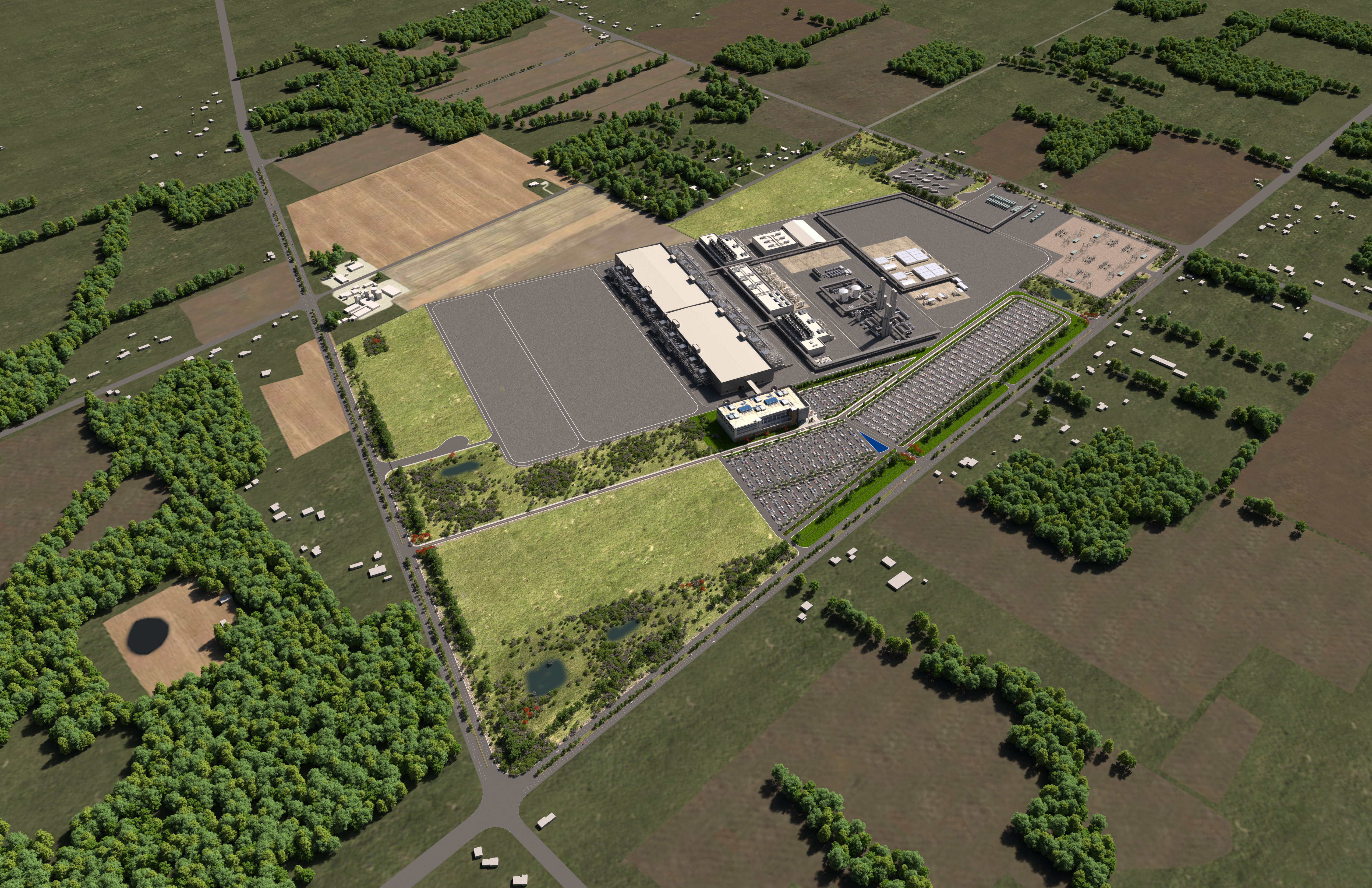Intel's Ohio fabs could reportedly slip to late 2026 — 'Silicon Heartland' factories were originally planned for 2025
Intel's Ohio fabs may not come online in 2025 as originally planned.

We reached out to Intel to confirm a report that the company is pushing back the timeline for its $20 billion fabs in Ohio to late 2026 due to market issues and delays in U.S. government funding, a story that was originally reported by the Wall Street Journal. The Intel representative neither confirmed nor denied the delay and also didn't provide a firm date for the fab opening. However, the representative did indicate that it is normal for big fab projects to require three to five years.
"While we will not meet the aggressive 2025 production goal that we anticipated when we first announced the selection of Ohio in January 2022, construction has been underway since breaking ground in late 2022, and we have not made any recent changes to our pace of construction or anticipated timelines," an Intel representative told Tom's Hardware. "Typical construction timelines for semiconductor manufacturing facilities are 3-5 years from groundbreaking, depending on a range of factors."
Relying heavily on government funds, Intel's first two fabs at its Ohio site, nicknamed the 'Silicon Heartland' by Intel CEO Pat Gelsinger, were originally set to start producing chips next year. But now the project is expected to wrap up construction by late 2026 or even later, the report claims, citing two sources familiar with the matter. WSJ's sources cite two reasons for the postponement: challenges with demand and the slow rollout of the U.S. government funding under the CHIPS Act.
Intel started to build the first two fabs at its Ohio site in September 2022. Normally, it takes about a year and a half to construct a semiconductor production facility shell and between a year or two (depending on the size of the facility) to install wafer fab tools into that shell. That said, Intel's original plans to start making chips at its Ohio fabs in 2025 were more than reasonable.
"We remain fully committed to the project and are continuing to make progress on the construction of the factory and supporting facilities this year," the representative explained to Tom's Hardware. "As we said in our January 2022 site-selection announcement, the scope and pace of Intel's expansion in Ohio may depend on funding from the CHIPS Act and other business conditions."
Currently, 800 people are working on the project, and it is expected that this number will grow significantly by the end of the year, WSJ claims. Yet, it is unclear when the construction is set to be complete and when Intel plans to initiate equipment move-in.
Intel intends to make its Ohio site a $100 billion semiconductor production hub. The site is projected to host multiple fabs built on Intel's own money, subsidies of the Ohio state, and grants from the government under the CHIPS Act. Ohio has already shown its support with $600 million in grants (on the condition that the fabs will be completed by December 31, 2028) that are available to Intel and which can be used to fund construction costs.
Get Tom's Hardware's best news and in-depth reviews, straight to your inbox.
The delay in the project, while a setback, is part of dealing with the realities of strategic financial planning for large-scale manufacturing. In essence, Intel's Ohio project delay appears to be a strategic response to external funding delays and market dynamics. Intel remains committed to the project, seeing it as a key piece in strengthening its manufacturing prowess in particular and the U.S. semiconductor industry in general.
It is noteworthy that Intel is not the only company that's been said to delay its large-scale fab projects in the U.S. Both Samsung Foundry and TSMC had to delay deployment of their fabs in Texas and Arizona for various reasons.

Anton Shilov is a contributing writer at Tom’s Hardware. Over the past couple of decades, he has covered everything from CPUs and GPUs to supercomputers and from modern process technologies and latest fab tools to high-tech industry trends.
-
slgreg Intel has around 25 Billion cash on hand....and they are going to delay building because Government money is slow in coming??? Seems short sighted.Reply -
edzieba Reply
Building a leading-edge wafer fab on a greenfield site is on the order of s $15-$20 Billion investment before even starting operations (there's the fab itself, the stupendously expensive wafer scanning equipment, the AC and chemical plants to run the fab, the power generation and power grid infrastructure to power the fab, the chemical industry needed to produce the ship the support chemistry, etc. etc.). If Intel do not think that investing their own money in a new US-based fab is worth it vs. investment elsewhere (e.g. Taiwan or in the same region to take advantage of local support industries) or not investing at all if not necessary at their projected rates of demand and growth, then they may not be willing to bet their own money, since their own motivations are to be profitable. Building an 'unneeded' fab means spending the majority of their free cash to... reduce margins and end up with a bunch of unsold product.slgreg said:Intel has around 25 Billion cash on hand....and they are going to delay building because Government money is slow in coming??? Seems short sighted.
The US government on the other hand has an entirely different goal - to onshore chip production capability as a hedge against loss of access to Taiwan region production, regardless of profitability. Thus, the USG are willing to front cash to offset the investment risk of building unneeded/unprofitable fabs and infrastructure, because profitability is not the motivating factor. -
dalek1234 "market issues and delays in U.S. government funding"Reply
I wonder what the Market Issues are exactly

